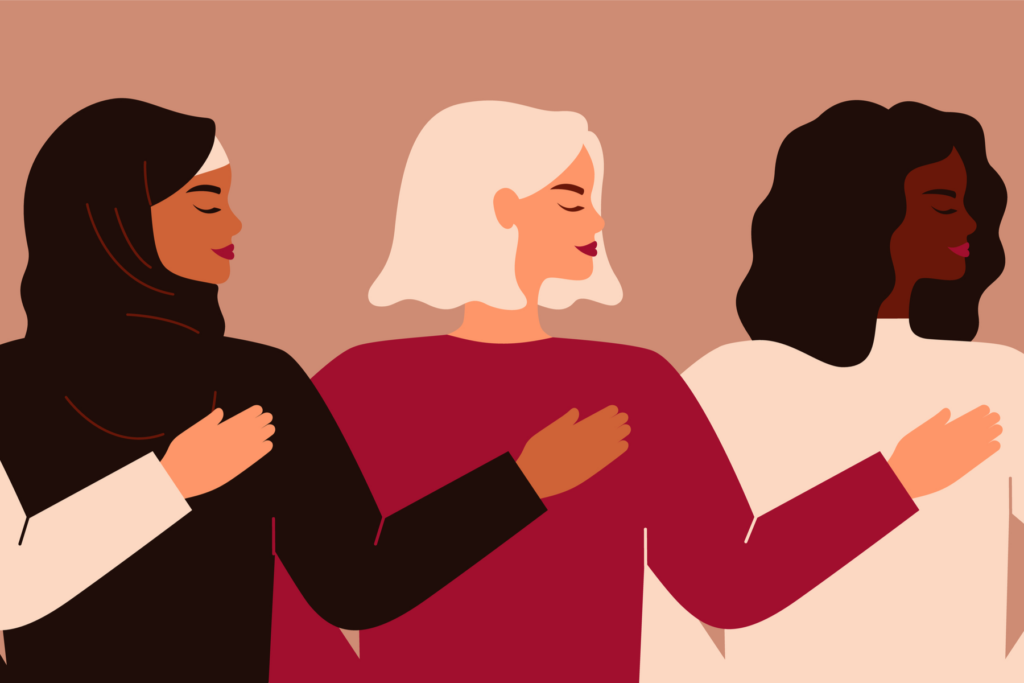
Illustration by Mary Long via Shutterstock
“The amount of patience you have for him is infuriating…” my friend says, wondering if mother has ever known izzat.
When I think of patience, I think of the women in my life. Sisters, mothers, wives, sisters-in-law or daughters-in-law. The onset of COVID-19 has emphasized and elevated the level of tolerance women expected of women. A friend of mine is a master’s and doctoral student with two jobs. She is home during the pandemic and has been observing the amount of “brown-mom” duties her mother does while working full-time.
It’s appalling.
What’s worse is the amount of gratitude she receives in turn. Of course, this is now projected onto my friend because she’s the daughter. It is a shame when the professional workload of women isn’t reason enough to delegate household duties. We always have to do it all.
[Read Related: Empowerment Between Generations: Moms and Daughters]
Let’s talk about izzat
In Indian culture, izzat, or “respect” when translated from Hindi, is expected across all dynamics and relationships. It is expected to be shown automatically by youth to their elders, by wives to their husbands, and so on. Simultaneously, it’s unreasonable for a woman to receive anything resembling respect. Most households would fall apart immediately without the presence of the wife or mother.
Their expected number of roles and responsibilities to fulfill is overwhelming. There is so much that our woman family members experience across their lifetimes that we likely don’t know about. In the United States, a woman is assaulted or beaten every 9 seconds. Additionally, a quarter of women worldwide will experience some form of violence or abuse between the ages of 20-24. These statistics represent the narratives of the individuals that chose to share their experiences. However, the generation of women who are now 50-65 years old were not raised to share feelings or process experiences. They most likely have not had the outlet to seek help or escape their threatening environments. This is the story of too many women I know.
Patience and understanding
So how do we break this cycle? We begin to show respect. We show up for the women in our lives. Whether that’s completing tasks we’re asked to, listening as they blow off steam or even asking, “How can I help?” This can be difficult because the trauma is often embedded into the lives of our mothers and wives and presents itself in their actions and behaviors.
The way they speak, how they react or how they respond to fight or flight situations is all influenced by trauma. It is important to consider that what our mothers have experienced is likely beyond our imaginations. At the moment, their actions and behaviors may seem intentional but triggers for them can exist in any environment and context. This is why patience and understanding are key. By offering this to our mothers, we can create a moment of peace for them. If needed, boundary setting is another strategy to utilize. It can protect one’s mental health while also gaining a deeper understanding of your loved one.
[Read Related: 4 Ways to Love Yourself and Family Through the Pandemic]
The moments in which my friend can be there for her mother and give her moments of solace are invaluable. In those moments, all of her mom’s negative experiences disappear. That is worth all of the risk and the learning required to understand the women in our lives and show them a little izzat.
Here are two self-care resources for the women in your life: Self-care during COVID-19 and Self-care for parents during COVID-19.




